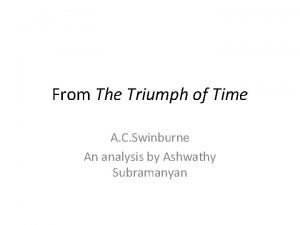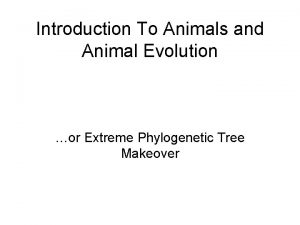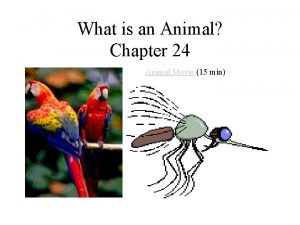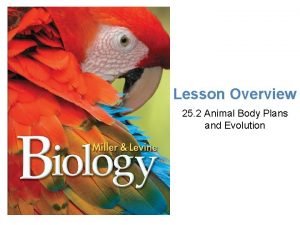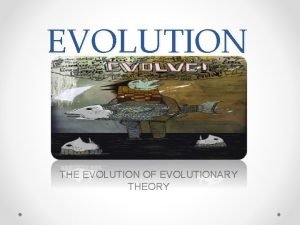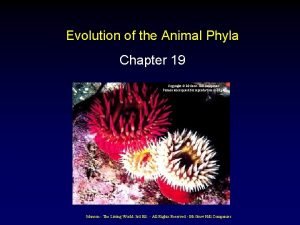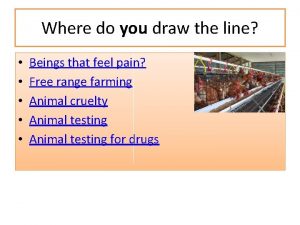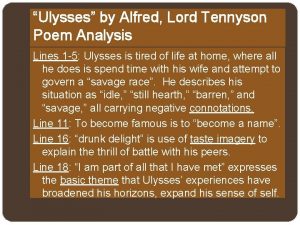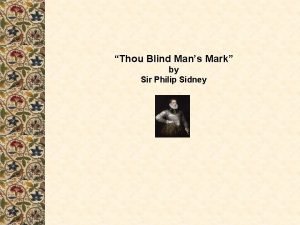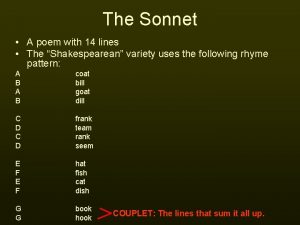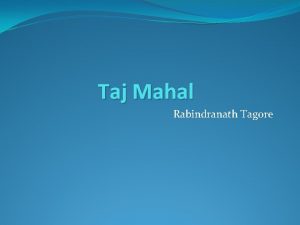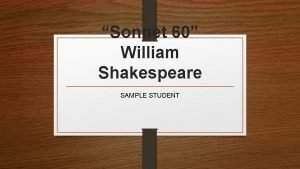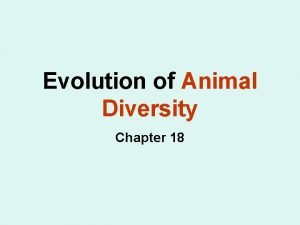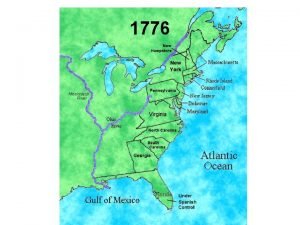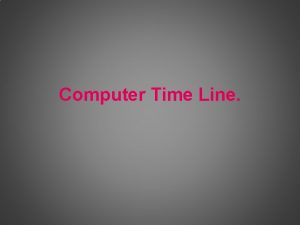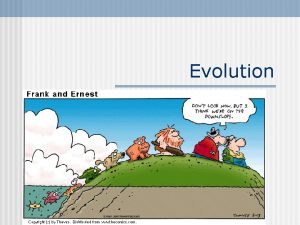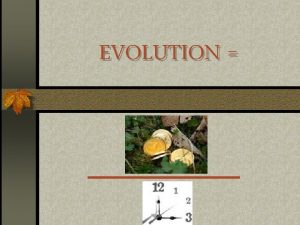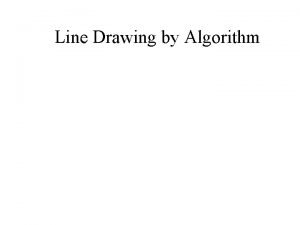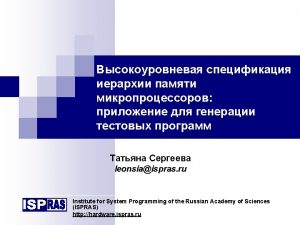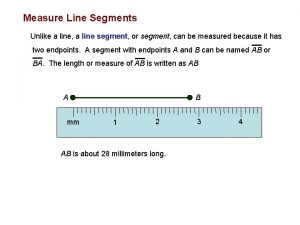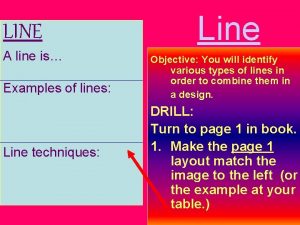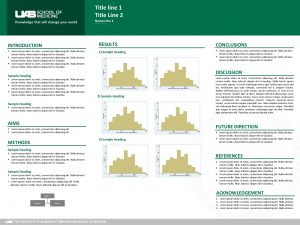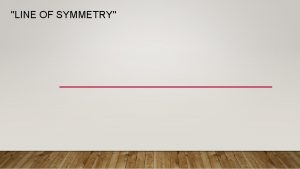Time Line of Animal Evolution n 1 st



















- Slides: 19

Time Line of Animal Evolution n 1 st Fossil evidence of animals 570 mya = Proterozoic Era n Adaptive radiation in early Cambrian Period of the Paleozoic Era n Cambrian Explosion due to n increased oxygen in atmosphere n more energy n predators become more mobile

Evolution of Animals n Some type of Protist mutated to become multicellular n Multicellular organisms start as a single cell (zygote) and grow into organisms with groups of specialized cells performing different functions n All animals are multicellular


Proterospongia = Protist & common ancestor to all animals?

Proterospongia: Colonial, Unicellular Protists

Sponge collar cells

Phylum Porifera Sponges n 3 types of cells n Collar cells n Amoebocytes n Epidermis cells n (protective outer layer of cells) n No tissues n Cells held together by jelly like substance n Skeleton of spicules & spongin protein n


Intracelluar digestion Collar cells take in food by endocytosis n Food digested in food vacuoles n Some food passed to amoebocytes n Amoebocytes carry food around sponge body. (circulaton) n

Other Porifera Traits n Asymmetrical = no symmetry n Respiration by diffusion n Excretion by diffusion n Reproduction = n male gametes released into water, filtered out of water by another sponge. n Female gametes stay in jelly until fertilized. n Zygote grows into a swimming larva. n Larva settles to ground & becomes sessile adult n

All other Animals have True Tissues

n Have stinging cells = cnidocytes n Have tentacles Have myocytes = n muscle like cells that contract n n 1 st predator n Radial symmetry = sit and wait predator 1 st nervous system = n nerve net & eye spots n Phylum Cnidaria




Digestion & Circulation Have gastrovascular cavity for n digestion & circulation n 1 st extra cellular digestion n n – cells lining GVC secrete digestive enzymes n Evolutionary advantage = can eat larger food n Cillia push digested food around the GVC n GVC branches into all tentacles: comes near all cells


Respiration & Excretion Respiration by diffusion n Excretion by diffusion n Both are possible since entire body is only a few cell layers away from water n

Reproduction = complex life cycle Medusa = swimming n Polyp = sessile n Medusa =sexual n Egg & sperm n External fertilizaion n n Polyp = asexual n budding
 What is representative fraction
What is representative fraction The triumph of time line by line explanation
The triumph of time line by line explanation “ feel at home!” “ come again!”
“ feel at home!” “ come again!” Animal evolution tree
Animal evolution tree Asymmetrical
Asymmetrical 25.2 animal body plans and evolution answer key
25.2 animal body plans and evolution answer key Animals evolution
Animals evolution Copyright
Copyright For minutes. start.
For minutes. start. Digimon tamers
Digimon tamers Plant vs animal cells
Plant vs animal cells Plant cell animal cell venn diagram
Plant cell animal cell venn diagram Animal rights versus animal welfare
Animal rights versus animal welfare Animals where do you draw the line
Animals where do you draw the line Ulysses poem analysis line by line
Ulysses poem analysis line by line Introduction to daffodils
Introduction to daffodils Thou blind man's mark poetic devices
Thou blind man's mark poetic devices Sonnet with 14 lines
Sonnet with 14 lines Crimson splendour
Crimson splendour Sonnet 60 summary
Sonnet 60 summary

